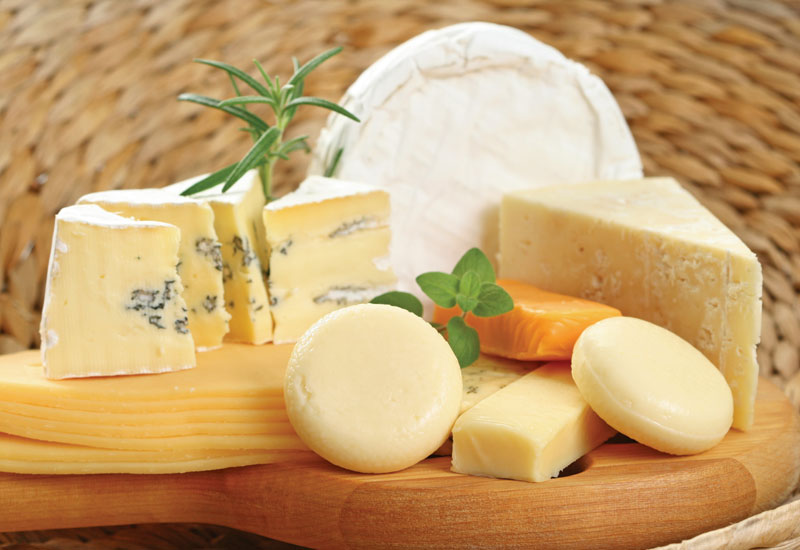The growing health trend has not quashed consumer enthusiasm for dairy goods, but chefs and suppliers still face issues in their quest to further the dairy market
Be it milk, cream, butter or cheese, it is hard to get through the day without coming across some kind of dairy produce.
Such foodstuffs have been a staple part of our daily consumption over the centuries, and despite radically changing dietary patterns, the same is true today — as Mövenpick Resort Tala Bay Aqaba sous chef Rami Zain points out.
“We use dairy products in all our meals; our use probably exceeds 80% — they are a necessity,” he states.
Dubai Creek Golf and Yacht Club sous chef Neil Wilkinson agrees: “I would say about 50-60% of people in the Middle East consume dairy products at least once a day, maybe twice.”
Dairy suppliers can also vouch for the products’ success in this region.
Paddy Darcy, Middle East regional manager for Pritchitts — a Lakeland Dairies company and manufacturer of high quality, super-pasteurised long-life dairy and related goods — comments: “Dairy ingredients are extremely popular across the Middle East, with locally-sourced produce and European and southern hemisphere producers all competing in an extremely tough market.”
And “demand is growing across the GCC”, according to Classic Fine Foods Emirates general manager Thomas Leroy.
However one trend F&B professionals have flagged up recently is that of health awareness.

Advertisement
The region’s governments have become increasingly involved in promoting healthy eating, and now consumer spending is recovering after the financial downturn, health-conscious eating seems to be the next focal point for foodies.
But contrary to what may have been expected, given the fat content prevalent in many dairy items, this rising nutritional awareness is actually sustaining demand for such goods.
Mövenpick’s Zain asserts: “All dairy products contain calcium, which helps children grow and contains iron to build up the immune system.”
Dubai Creek’s Wilkinson adds that the health trend has not prompted any move away from dairy items, but more interest in how they are used. “We still use about 40% dairy items on our menus; but we incorporate these into a range of dishes, so customers have a choice of healthy options.”
But at same time, suppliers have seen the health trend taking off — and they claim executive chefs are being more careful with what dairy items they purchase as a result.
Pritchitts’ Darcy notes: “Executive chefs are moving towards products with lower fats, especially trans-fats. This reflects the fact that more and more restaurants are preparing healthy options.
“However it is fair to say this trend has not yet taken hold in the Middle East in the same way it has in other regions, such as Europe,” he adds.
Lactalis International overseas general manager Francois-Xavier Rougagnou agrees: “We have recently witnessed a great deal of ‘Eat Healthy’ awareness campaigns right across the Middle East, in which the main message is to cut down on your fat intake.










 Search our database of more than 2,700 industry companies
Search our database of more than 2,700 industry companies









